Skin resurfacing peels (chemical peels) are non-invasive treatments for acne scars using chemical solutions like AHAs and BHAs to exfoliate skin, stimulate cell turnover, and replace damaged layers with healthier ones. Suitable for mild to moderate scarring, these procedures take 15-30 minutes and cause mild discomfort. Post-treatment care includes gentle cleansers and sun protection. When performed by a qualified dermatologist, they're generally safe and effective, reducing acne scars while improving skin texture and tone.
“Diminish acne scars with the power of chemical peels—a safe and effective skin resurfacing treatment. This comprehensive guide delves into the science behind these peels, exploring how they work to transform uneven skin texture. From lactic acid to glycolic acid, discover diverse peel formulas tailored to different skin types and concerns. Learn who makes a suitable candidate, what to expect during and after the procedure, and uncover the truth behind potential risks and misconceptions surrounding this transformative treatment, known as skin resurfacing peels.”
Understanding Chemical Peels: A Simple Explanation
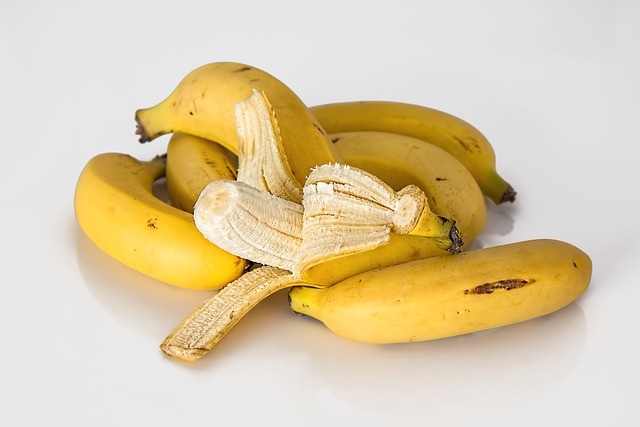
Chemical peels, also known as skin resurfacing peels, are a non-invasive aesthetic procedure that has gained immense popularity for its effectiveness in treating various skin concerns, including acne scars. This treatment involves applying chemical solutions to the skin’s surface to gently exfoliate and promote new skin growth. The process sounds simple enough, but it’s the careful application and selection of chemicals that make chemical peels a safe and powerful tool in skincare.
The procedure is designed to encourage cell turnover, where old, damaged skin cells are removed, allowing healthier, newer skin to take their place. This process can help smooth out skin texture and reduce the appearance of scars left by acne. Different chemical solutions, such as alpha hydroxy acids (AHAs) or beta hydroxy acids (BHAs), are used based on individual skin needs and the severity of acne scars.
The Science Behind Skin Resurfacing Peels for Acne Scars
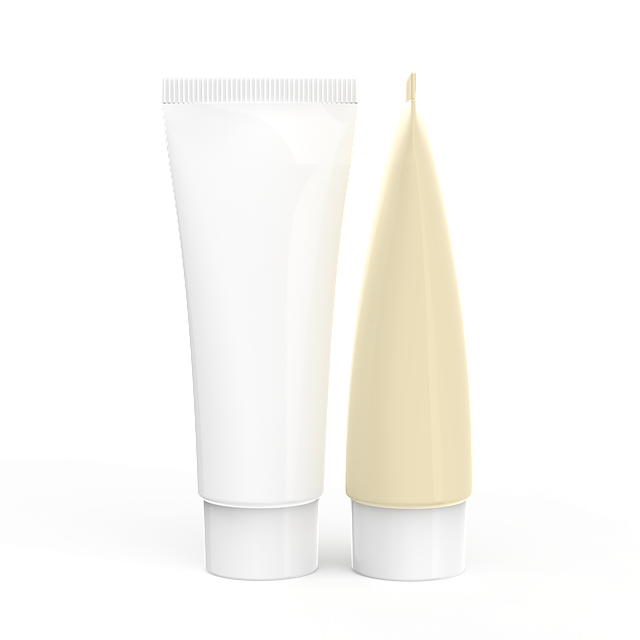
Chemical peels, specifically skin resurfacing peels, offer a scientific approach to treating acne scars. These treatments involve applying chemical solutions to the skin, which creates a controlled injury or exfoliation, stimulating the skin’s natural healing process. This method promotes the production of new collagen and elastin fibres, leading to smoother, more even-toned skin. The science behind it lies in the ability of specific chemicals to dissolve away damaged skin layers, revealing healthier, newer skin beneath.
Skin resurfacing peels are a game-changer in dermatology as they provide a non-invasive way to enhance skin texture and reduce the appearance of acne scars. Different chemical solutions target various skin concerns, from mild exfoliation to deeper penetration for more severe scarring. This tailored approach ensures effective results while minimising potential side effects, making it an attractive option for those seeking to improve their skin’s overall health and appearance.
Different Types of Chemical Peel Formulas and Their Benefits
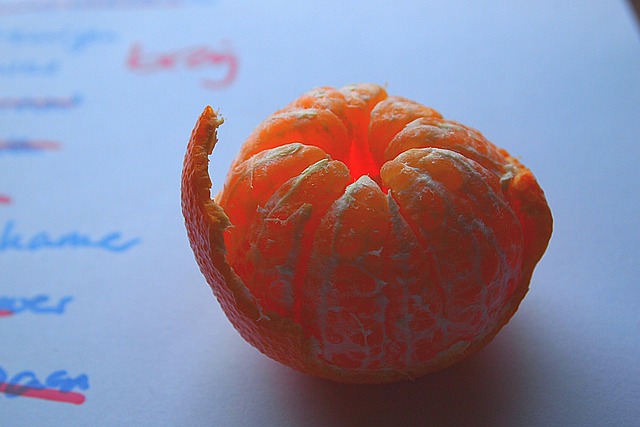
Chemical peels, also known as skin resurfacing peels, come in various formulas designed to target different skin concerns, including acne scars. The most common types include alpha hydroxy acids (AHAs), beta hydroxy acids (BHAs), and retinoic acid. AHAs, such as glycolic acid, are gentle exfoliants that help remove dead skin cells, stimulate collagen production, and improve skin texture. They’re suitable for all skin types and are often used in over-the-counter products.
BHA peels, featuring ingredients like salicylic acid, are more intense and penetrate deeper into the skin to dissolve clogging oils and exfoliate. This makes them highly effective for treating acne scars and preventing new breakouts. Retinoic acid peels, derived from vitamin A, offer anti-aging benefits by promoting cell turnover, reducing fine lines, and evening out skin tone. While they can be stronger and may cause temporary irritation, retinoic acid peels are powerful tools for severe acne scarring.
Who is a Good Candidate for Chemical Peels?
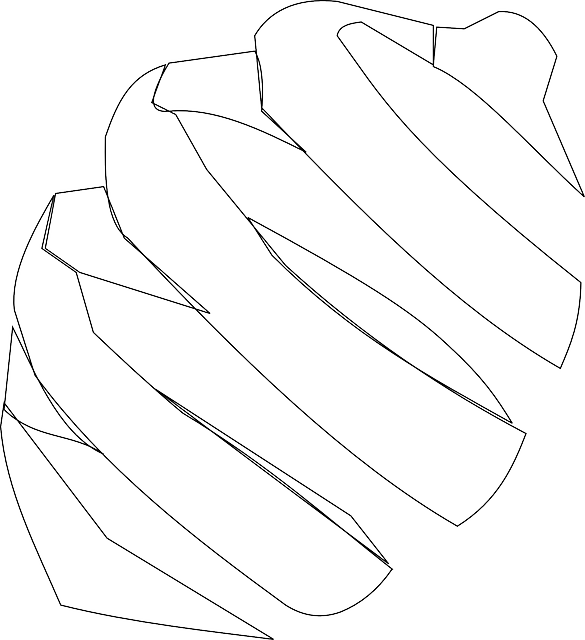
Chemical peels, also known as skin resurfacing peels, are a popular treatment for acne scars. They’re suitable for individuals with mild to moderate scarring who want to improve their skin’s texture and appearance. This non-invasive procedure works by applying a chemical solution to the skin, which removes the top layer of damaged skin cells, revealing smoother, more even skin beneath.
Good candidates for chemical peels are those who have tried other treatments for acne scars without significant success and still exhibit some scarring. It’s essential to consult with a dermatologist to determine if you’re a suitable candidate, as factors like skin type, severity of scarring, and overall health can influence the outcome. They will assess your skin and recommend the appropriate peel strength for your needs.
What to Expect During and After the Procedure
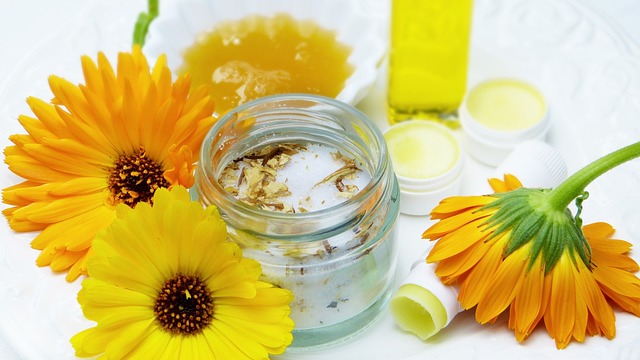
During a chemical peel for acne scars, a topical solution with a specific concentration is applied to the skin, causing it to exfoliate and reveal smoother, brighter layers beneath. The procedure is typically quick, usually taking between 15-30 minutes, depending on the severity of your acne scars and the type of peel used. You may experience a stinging sensation or mild discomfort as the solution starts to work, but this can often be managed with a cooling gel or numbing cream. After the treatment, your skin will appear flushed and slightly irritated, similar to a sunburn. This is normal and usually subsides within a few hours.
In the days following the procedure, you can expect your skin to continue to improve. It’s crucial to follow your dermatologist’s aftercare instructions, which may include using gentle cleansers, avoiding direct sunlight, and applying prescribed topical treatments. As your skin heals, you’ll notice a reduction in the appearance of acne scars, with smoother texture and an even tone. Skin resurfacing peels offer a non-invasive way to enhance the look of your skin, providing long-lasting results that can continue to improve over time.
Potential Risks, Side Effects, and Common Misconceptions Debunked
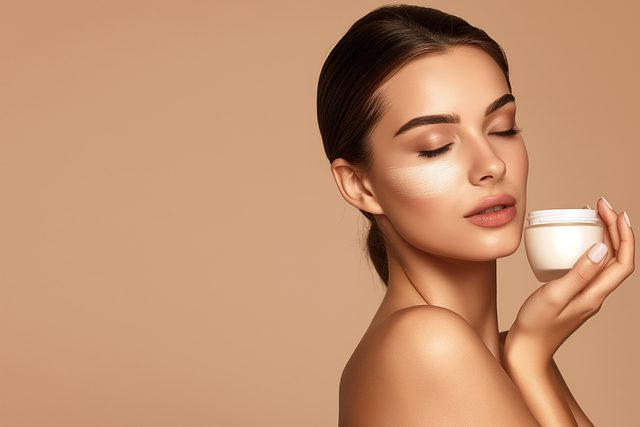
Chemical peels, including skin resurfacing peels, offer a promising solution for acne scars, but it’s essential to be aware of potential risks and side effects. While these procedures are generally safe when performed by a qualified professional, they may not be suitable for everyone. Some common misconceptions include the belief that chemical peels can cause severe scarring or significant skin damage. In reality, when done correctly, they gently exfoliate the skin, removing damaged layers to reveal smoother, healthier skin beneath.
Another misconception is that peeling always results in redness and irritation. While temporary redness is common, serious inflammation is rare. Peels may also trigger a brief increase in acne breakouts as the skin adjusts, but this usually subsides within a few weeks. It’s crucial to follow post-procedure care instructions, including using gentle skincare products and avoiding sun exposure, to ensure optimal healing and minimize risks.
